What might cause 1 kHz sinusoidal signal to change such as seen on the screen? How is this phenomenon possibly called?
I have quite a lot of hand microphones with built-in opamp preamp and electret microphone. Some of them function ok and give ideal sinusoidal signal to the output, but quite many of them behave like seen in the picture. 1 kHz sinusoidal signal with 0.8V amplitude is fed to a small loudspeaker and from it through air to the microphone. Signal goes through the preamp and is measured using an oscilloscope.
The question is general, and at the moment I am not trying to find out component or connection level reason for this, but perhaps someone has faced the same thing, and could explain possible causes for this.

